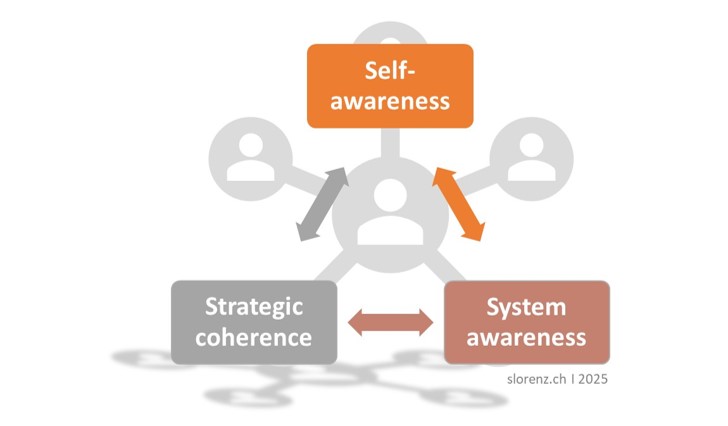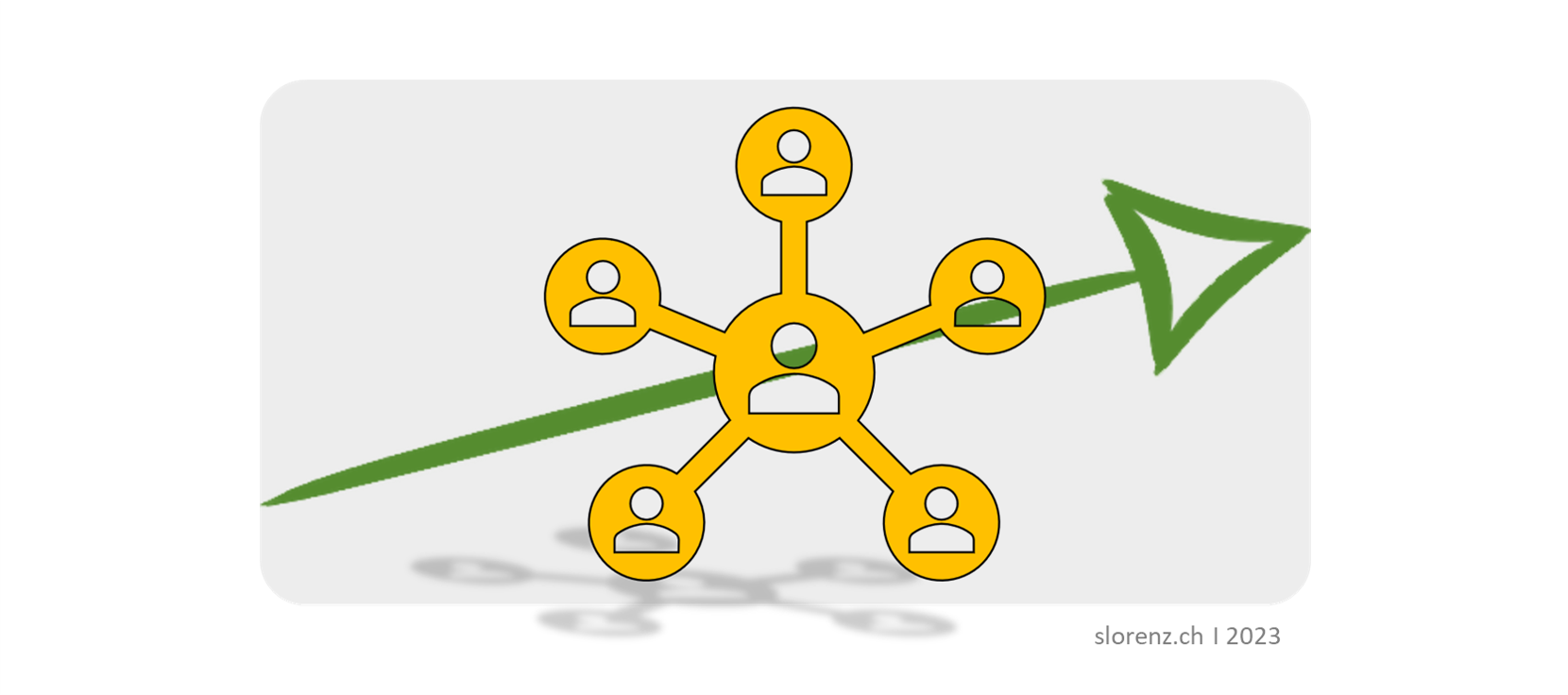In many organizations, strategy work begins with good intentions, whiteboards full of ideas, consultants crafting complex frameworks and management teams setting ambitious goals.
Yet too often, these strategies remain just as conceptual constructs. They look convincing in presentations but fail to connect with the living organism of the organization… the people, the culture and the day-to-day realities that actually make transformation happen.
💡 The real challenge is not designing a strategy. It’s bringing it to life.
An organization is not a machine, it’s a living system. Every strategic move creates ripples across this system, influencing people’s energy, beliefs and sense of belonging. When leaders overlook this dynamic, strategies become abstract, disconnected and fragile.
🔎 Sustainable strategy is built on resonance.
It starts where the organization truly stands, not where a theoretical model assumes it should be.
As a leader, this means asking:
➜ What energy and readiness already exist within the system?
➜ What patterns of thinking, behavior and collaboration support or block progress?
➜ How can we build momentum by connecting strategic intent to real, lived experience?

Strategic transformation happens in three interlinked phases:
1. Initiation
This is where the “why” must come alive. Beyond numbers and market logic, teams need to feel the purpose behind the direction.
➜ Executive coaching helps leadership clarify their strategic narrative, a story that connects head and heart, reason and emotion.
2. Anchoring
Once the direction is clear, the next challenge is consistency. Structures, roles, and decision-making processes must reflect the strategy. But alignment is not only structural, it’s cultural.
➜ Leadership behavior is the key signal system of any organization. When leaders embody the change, others follow.
3. Implementation
The final step is making the strategy live. This means establishing feedback loops, fostering adaptability and empowering teams to translate strategic goals into meaningful daily actions.
➜ Coaching supports this by building reflective capacity, so leaders can adapt without losing focus and teams can experiment without fear of failure.

An Executive Coach bridges the gap between concept and lived reality. The role is not to provide “the answer”, but to help leaders find coherence between vision, system and their self.
In this process, coaching focuses on three core dynamics:
➜ Self-awareness ➜ Understanding how personal leadership patterns influence the system.
➜ System awareness ➜ Seeing interdependencies, energy flows and unspoken dynamics.
➜ Strategic coherence ➜ Ensuring decisions align with both strategic goals and organizational health.
Through coaching, the strategy becomes more than a plan, it becomes a practice.
💡 When strategy integrates human dynamics and systemic intelligence, growth happens organically. The organization doesn’t just perform, it evolves. This is how effectiveness and stability unite, not through control, but through coherence.
Sustainable transformation is not achieved by designing the perfect plan. It’s achieved by guiding a living process, where clarity, connection and consistency move together toward a shared future.
🔎 Strategy that lives is not written in PowerPoint. It’s written in behavior, decisions and the collective energy of the organization.
🎯 As an Executive Coache and Leader, my task is to make strategy tangible, resonant and human, so that growth becomes not just a target, but a natural expression of a healthy and aligned system.
If this topic is of interest to you and you would like a sparring partner, I am available for a non-binding initial consultation.
Best regards
Stephan





